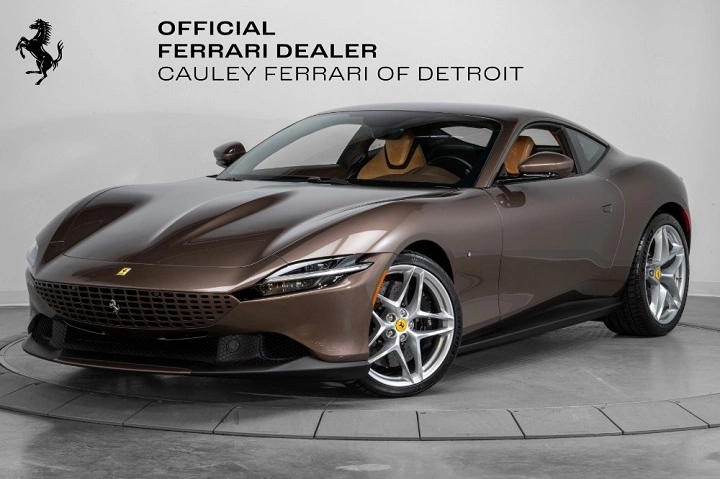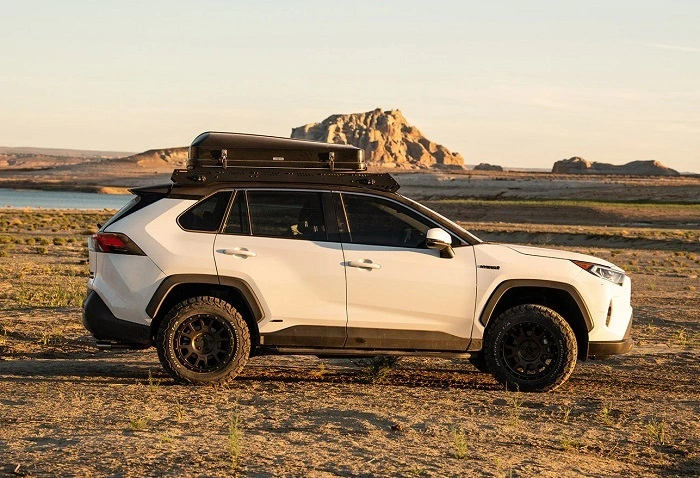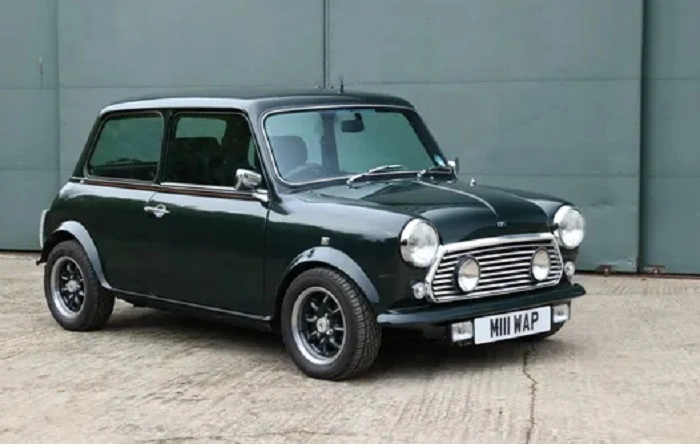A vehicle is not just a car. It is a reflection of style, lifestyle, and emotions. The color one selects reveals something about him or her. In an era where silver, black, and white cars rule the roads, a brown car stands out. Warm. Earthy. Humble. It’s a quiet charm that gets richer the longer you look.
In this handbook, we’ll explore why people choose brown cars, what colors they are, how they drive, and what life is like with one. We’ll explore history, upkeep, buying guidance, and the secret symbolism of the color. Because a brown car is not just color—it’s personality on wheels.
Why Others Choose a Brown Car
Comfort in wheels
Brown emits comfort like wood or coffee. It is human and earthy. A brown car is akin to having a piece of peace on the road.
Person without yelling
Bright red yells. Neon green screams. A brown car, however, is a person without yelling itself. It is noticed but steadfast, sure without showing off.
Timeless personality
Brown is natural. Dirt. Trees. Leather. These are timeless. Which is also the reason why brown cars, even if they are not trendy anymore, always hold a timelessness.
Symbolism of stability
Colors are symbolic. Brown is symbolic of stability, solidity, and reliability. A brown car exclaims: solid, reliable, steady.
The Many Shades of Brown Cars
- Chocolate brown
Deep and rich. Refined color that typically happens in luxury sedans or SUVs. Sounds refined and costly.
- Coffee or mocha brown
Warm, middle colors. Suits home cars or commuter cars. Warm, cozy, and friendly.
- Bronze and copper colors
Glossy metallic brown. They sparkle in sunlight and vary from gold, brown, to even orange undertones. Sporty yet natural.
- Taupe and beige-brown
Grayish light brown color. These are executive-class colors, usually executed on executive cars. Combination of sophistication and naturality.
- Matte brown paints
For the adventurous subtlety lover. Matte brown adds a sporty and tough edge to an SUV or sports vehicle.
History of Brown Cars
Brown cars were introduced into style during the 1970s and 1980s when the earthy appearance was all the rage. They fit so well with people’s love of natural materials and warm interiors in those days.
Time passed, and they fell out of favor when silver and white dominated the showrooms. But luxury brand names still employed brown in special editions, usually with leather accent. Metallic brown and bronze revived the hue in the 2010s.
A brown automobile is unfashionable nowadays, but that discreetly makes it different.
How a Brown Car Looks in Different Environments
In the city
Brown automobiles are sophisticated against glass skyscrapers and urban concrete. Brown automobiles seem earthy laid-back in the busy urban landscape.
In nature
Driving a brown SUV through woods or mountains is appropriate. The car is less about being of the environment than it is about not wanting to be seen.
In the evening
Dark brown cars may seem to be black in low light, minimizing their actual richness until engulfed by streetlights.
In daytime
Metallic browns radiate with depth, with the color changing by day.
Practical Advantages of a Brown Car
- Does not show dirt as much as white or black vehicles. Mud and dust are less evident.
- Does not warm up as much as black in direct sun, particularly lighter browns.
- Less traditional, hence easier to resell at resale time for those customers who desire distinctive color vehicles.
- Does brown go well with tan or beige interior, which gives a warm ambiance.
Drawbacks of Owning a Brown Car
- Some colors can be old-fashioned if they’re not chosen carefully.
- Fewer for dealership inventory than standard colors.
- Harder to match the paint if the car must be repaired.
- Metallic browns need more polishing to keep them shiny.
Brown Cars on Various Types of Vehicles
Sedans
A chocolate brown sedan is refined, almost European in taste. It also projects maturity and refinement.
SUVs
Brown SUVs automatically bring to mind nature. They are perceived as adventurous, rugged, and outdoor yet urbane.
Sports cars
Rare, but not unremembered. A low brown automobile or copper-hued sports automobile is perceived because one does not expect it.
Luxury cars
Audi, BMW, and Lexus lavish the use of bronze and mocha colors to signify luxury. Paired with leather interior, the appearance is elegant.
Family cars
Beige-brown or mocha crossovers or minivans produce a warm, welcoming look. They are safe and welcoming.
Taking Care of a Brown Car
Washing and cleaning
Wash with a pH-balanced car wash. Brown hides dust, but dirt still steals its luster. Wash frequently to have it remain deep.
Polishing
Metallic browns take regular waxing or polishing well. This releases the sparkle and guards against the color.
Scratch visibility
Dark brown scratches are more visible than taupe colors. Touch up regularly.
Interior coordination
Brown cars are best coordinated with tan, cream, or black interiors. Leather conditioners help to make seats appear clean when used with natural colors.
How to Buy a Brown Car
- Notice color in daylight. Interior light makes brown lighter or darker than its natural color.
- Think about long-term style. Are you going to like this color in five years?
- Consider interior coordination. Choose trim to match the outside.
- Ask about resale value. Certain browns are uncommon and attract special buyers.
- Consider the climate. Light browns are ideal where it is warm, dark browns where it is cold.
Brown Car and Personality
Psychologists identify color selection with personality. The owner of the brown car will be earthy, sensible, stable. They love substance over flash. They’re laid back yet confident, independent without braggadocio.
A brown car tells you: I’m in it for the long term, not the hot spot.
Stories a Brown Car Tells
A mocha-colored sport utility vehicle parked off the side of a trailhead is one that belongs to an outdoor aficionado. A bronze-colored luxury sedan driving the city streets speaks volumes about refined tastes.
A chocolate-brown coupe is one that says so much about a person who will never hesitate to be different. Any brown automobile has an autobiography written not in words, but in tones of metal and soil.
The Emotional Side of Purchasing Brown
Brown is a tie to earth. To ground. To that warm cup of coffee on a quiet morning. To purchase a brown car is to opt for quiet over flash, earthy over glitz. It is to carry a little ground with you where you are.
Frequently Asked Questions (FAQs)
Why are brown cars not as popular as black or silver?
Because dealers don’t stock as many of them and there’s a need for neutrals like white, black, and silver, brown cars are for specialty purchasers.
Do brown cars conceal dirt better?
Yes, especially medium browns. Mud and dust look more natural than on black or white vehicles.
Are brown cars easy to sell?
They can. Less trendy, their rarity appeals to buyers willing to be different from the ordinary colors.
What are good interior colors to match brown cars?
Tan, beige, and cream interiors are beautiful. Black interiors contrast.
What character do brown cars say about the driver?
It says stability, reliability, and confidence without being cocky. It says earthy personality and being timeless in style.




